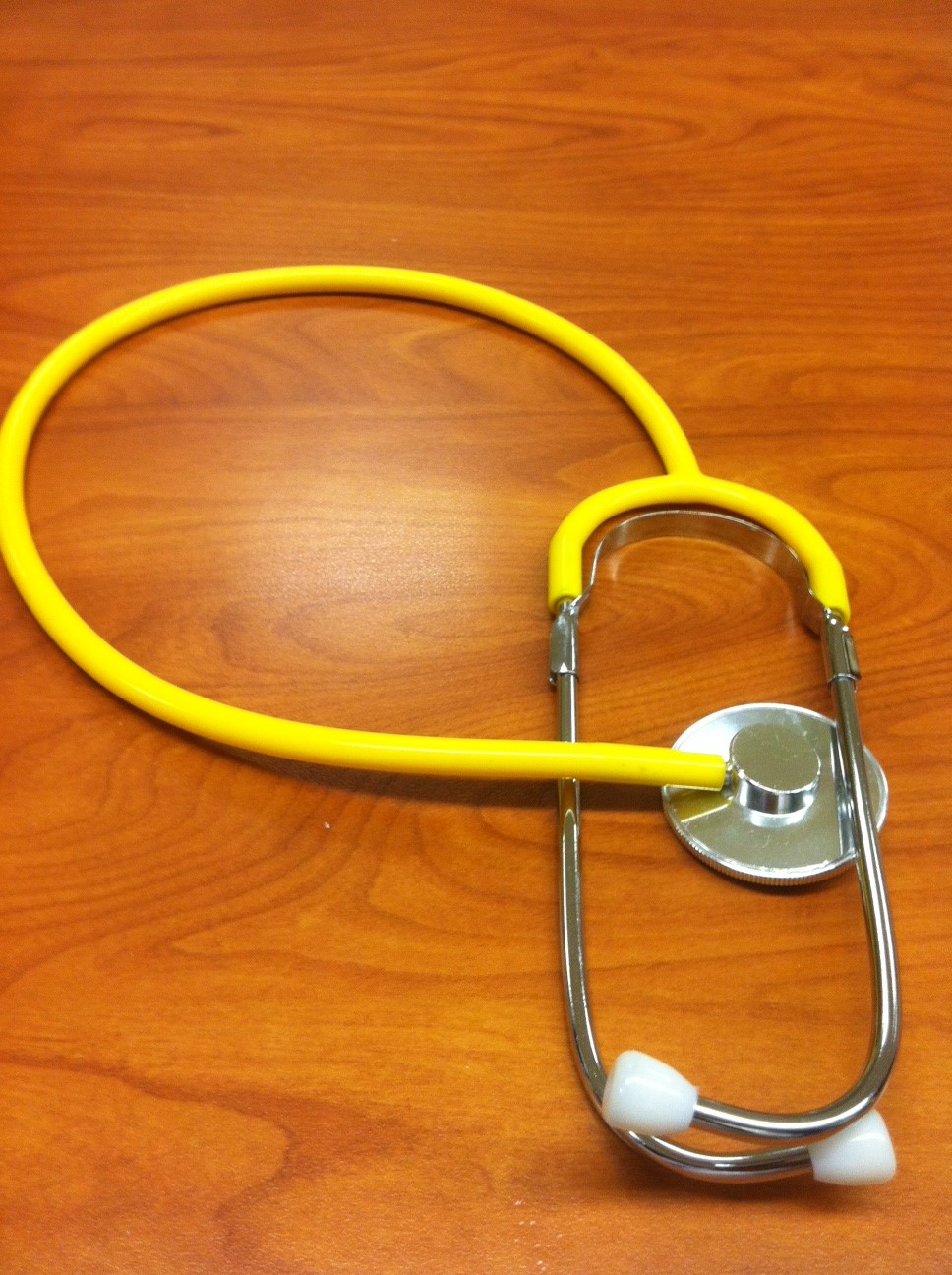This is the last of a 3 part series by Dr. Moeller, the infamous Doctor on the Frontlines. In this series he explores ways in which our healthcare system is failing, and how it can be improved from the perspective of those who live and breathe healthcare every day. . . doctors. Click the links to read Part 1 and Part 2.
I want every person in America to have access to quality health care all at a reasonable price because our citizens deserve this. Unfortunately, universal access to care at a reasonable price cannot materialize unless lawmakers look to doctors on the front lines of care for specific input. We as doctors know in many ways why costs are high and why the public is unfortunately misinformed about how it all works. But we need a representative sample of practicing doctors in Congress discussing these issues so that these “insider” insights can be applied to our current laws. In post, I look at the last of three central ideas that would lead to better and more affordable care.
3. Health Savings Accounts.
The third solution highlights increasing patients’ roles in their own health, which would lead to more patient satisfaction, and actually lower costs. This could be accomplished with health savings accounts. These accounts would be funded by patients with pre-tax dollars and contributions made by employers and/or government subsidy stratified based on the individual’s income and job status. With actual money in these accounts, patients would be able to discern costs better and use this money as if they were consuming any other good or service, such as handyman services. This money could grow each year like an investment account and even be passed on to heirs at the time of death, keeping that sense of ownership with loved ones. Continue reading “How to Fix Healthcare, From a Doctor on the Frontlines: Part 3.”

